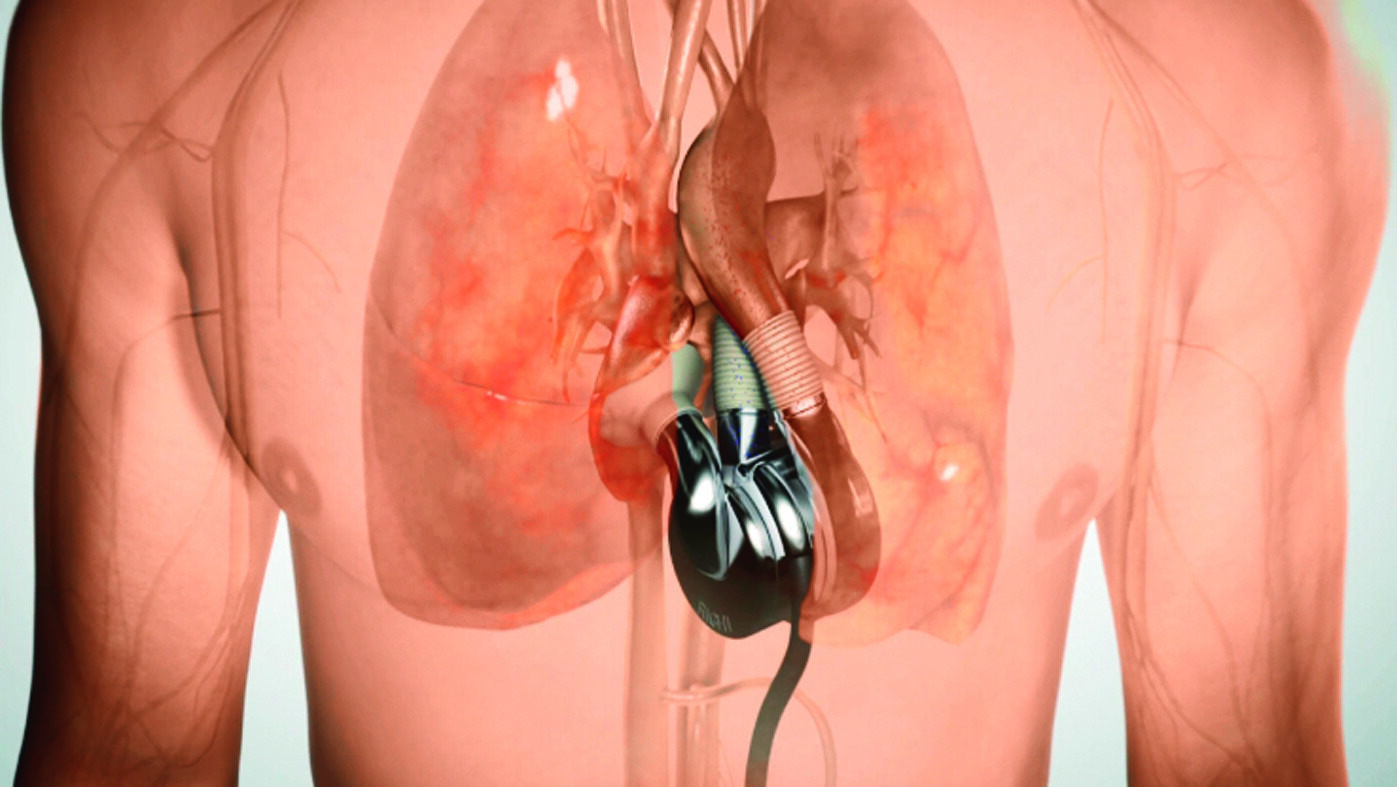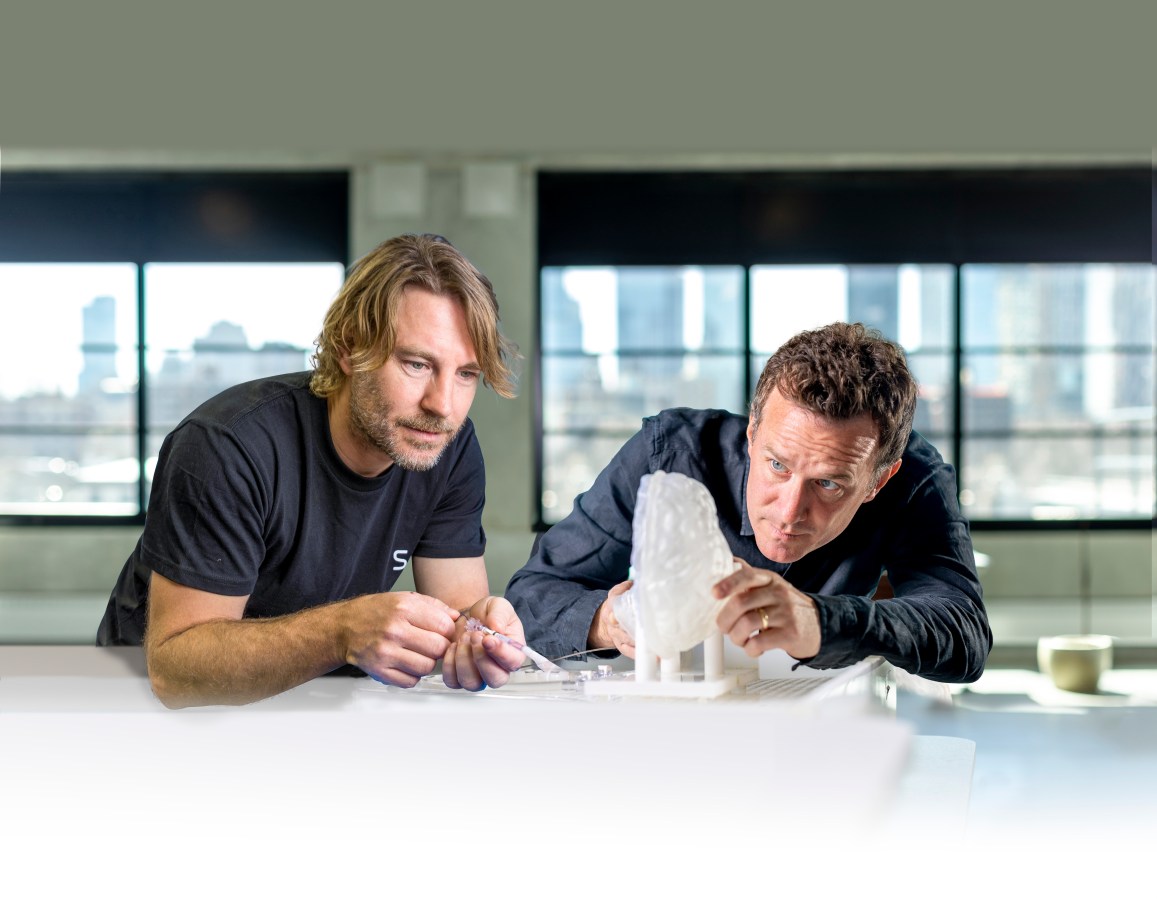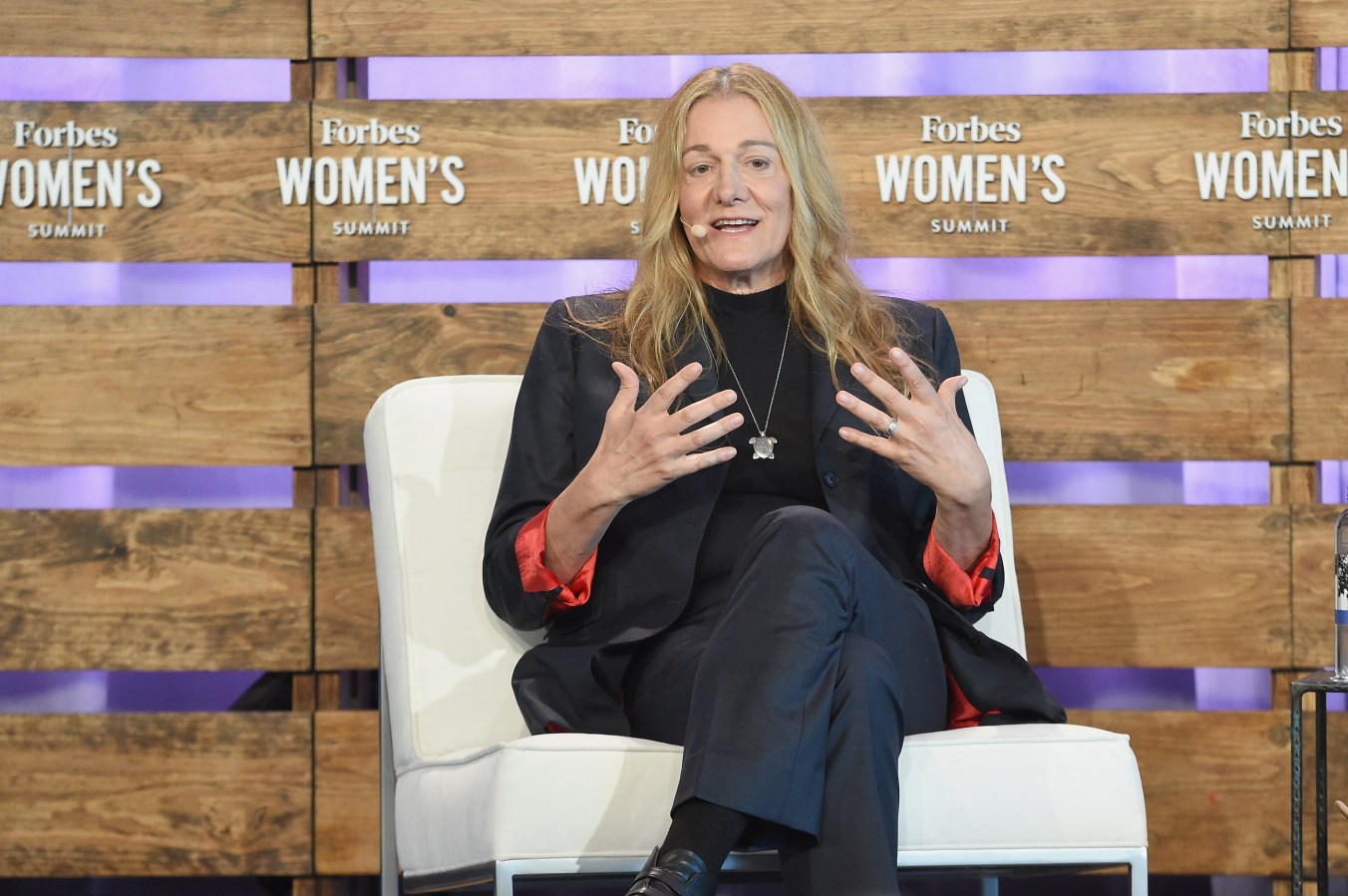The Australian designed maglev heart, the BiVACOR – which promises to be the world’s first permanent artificial heart replacement – will be spinning in Australian chests as early as this year following the recent triumph in Texas.

The news comes after a successful 8-day trial of the BiVACOR in early July in a man in Texas awaiting a heart transplant.
It’s the latest milestone in the 23-year journey of Daniel Timms, 48, from Brisbane, who began it in desperate attempt to save his plumber father’s life.
After a decade of poverty, living on government grants and charity, the biomechanics engineer found support and start-up funding with some of the most influential cardiac surgeons in the world at the Texas Heart Institute in Houston.
They, including Dr Billy Cohn, performed the 4.5 hour operation on July 9. Timms watched as the patient’s diseased heart was replaced with a 650-gram titanium pump.

Many artificial hearts have been invented and tried in humans in the past, but they’ve all failed over time as the demands of the human body have proved too much for all the moving parts.
TImms’ invention uses a single spinning disc to push the blood around the body, and that disk does not touch any other parts because it is magnetically levitated within the chamber – a “maglev” system – so wear and tear is minimised. And the recipient therefore has no pulse.
The notion of a heart without a pulse caused resistance from doctors. “The medical community said, ‘That’s never going to work. The body needs a pulse.’ Nobody even went down that pathway,” Timms said.
“Why does it matter if it’s got a pulse or not? It just needs the blood to go around. So, we came up with a completely different angle. ‘We don’t care what you think the body wants. What it wants is blood flow.’”
Daniel Timms
“It’s hard for me to get perspective on what we’ve achieved,” Timms told Nine newspapers after the Texas operation. “There are fleeting moments – in the middle of the night, sitting on a recliner beside the patient’s bed, trying to get some sleep – when you suddenly think, yeah, it’s working. But mostly you’re just trying to dissect what’s happening and improve things for this patient, and the ones in future.”
The patient, suffering end-stage heart failure, recovered faster than the team expected, reportedly losing 8.6kg of fluid and walking strongly as the body’s circulation returned to normal.
Collaborator Professor Chris Hayward of Sydney’s St Vincent hospital says the Medical Research Future Fund has backed a trial in five to 15 Australian patients, possibly starting as early as this year.
Existing heart replacements only substitute for the left side of the heart, but the BiVACOR replaces both sides, he told Sydney’s ABC radio, meaning patients with whole-heart failure could be helped. “This could replace heart transplants for quite a number of those patients if it all goes as we hope.”

These first human trials of the BiVACOR will use the device as a stopgap to keep patients alive until donor hearts can be found. The goal is that, once it has proven itself, it will get regulatory approval to stay in a patient for the rest of their life, Timms told Forbes Australia last year.
The economics of that look good. “The device costs about US$200,000, but the reimbursement from insurance is $350,000 for a procedure like this,” Timms said. “Strange. I was taken aback. ‘Why would the insurance companies pay so much? The reality is, if they don’t, then they’ve got the patient slowly passing away at the hospital, and palliative care is super expensive.
“The BiVACOR costs less than $100,000 to make and sells for $200,000. That’s a good profit. Times by 130,000 people [with the relevant heart conditions], that’s a crazy market [$13 billion]. That’s what gets the investors excited.”
BiVACOR will proceed to a Series C raising of $50 million to $60 million to bring it to market – if the human trials prove successful – before going public, Timms said. “We’re trying to keep it private as long as we can to give us the control over what we’re doing. It’s going to be a rocky road. Reporting it to people who don’t understand it could be a nightmare, but if we keep our investor base well informed, then it’s good to have a closed community to help us get through the challenges.”
Counting the beats
- 1969: An artificial heart is put in a human chest for the first time. The patient lives for 64 hours.
- 2001: Daniel Timms’s father, Gary, develops heart failure after a mild heart attack spurring Daniel to look into artificial hearts for his PhD.
- 2006: Timms’ early artificial heart design is implanted in a sheep.
- 2006: Gary Timms dies of heart failure.
- 2008: Daniel Timms and heart specialist John Fraser co-found BiVACOR.
- 2010: Fraser implants a BiVACOR blood pump into a sheep, but they can’t work out how to connect it to the circulatory system.
- 2011: A new system is tested in a cow. It lives for a couple of hours.
- 2012: Timms teams up with The Texas Heart Institute, to try the BiVACOR on a cow. The cow lives for a day.
- 2012: Timms takes his idea to Australian biomedical venture capitalist Brandon Capital Partners but is turned down.
- 2013: BiVACOR receives AUD$3.86m (US$2.5m) seed funding from “Mattress Mack”.
- 2013: BiVACOR shifts its HQ to Houston.
- 2014: A cow with BiVACOR heart lives for a month.
- 2014: A cow with BiVACOR heart lives for two months.
- 2015: BiVACOR implants in a sheep with a body size closer to that of women and children.
- 2016: A cow with BiVACOR heart lives for three months.
- May 2018: BiVACOR raises AUD$3m in Series A funding from OneVentures, part of a federal government-backed biomedical translation fund.
- May 19, 2021: BiVACOR’s raises AUD$34m (US$22m) through a $US19m Series B funding round and a US$3m grant award.
- March 29, 2023: Raises AUD$28m (US$18m) in funding led by Cormorant Asset Management and OneVentures.
- July 9, 2024: A Texan man with a diseased heart has a BiVACOR for eight days before receiving a transplant.
- 2024- 2025: Up to 15 Australians to receive the heart while awaiting transplants at St Vincents Hospital in Sydney and The Alfred in Melbourne.


